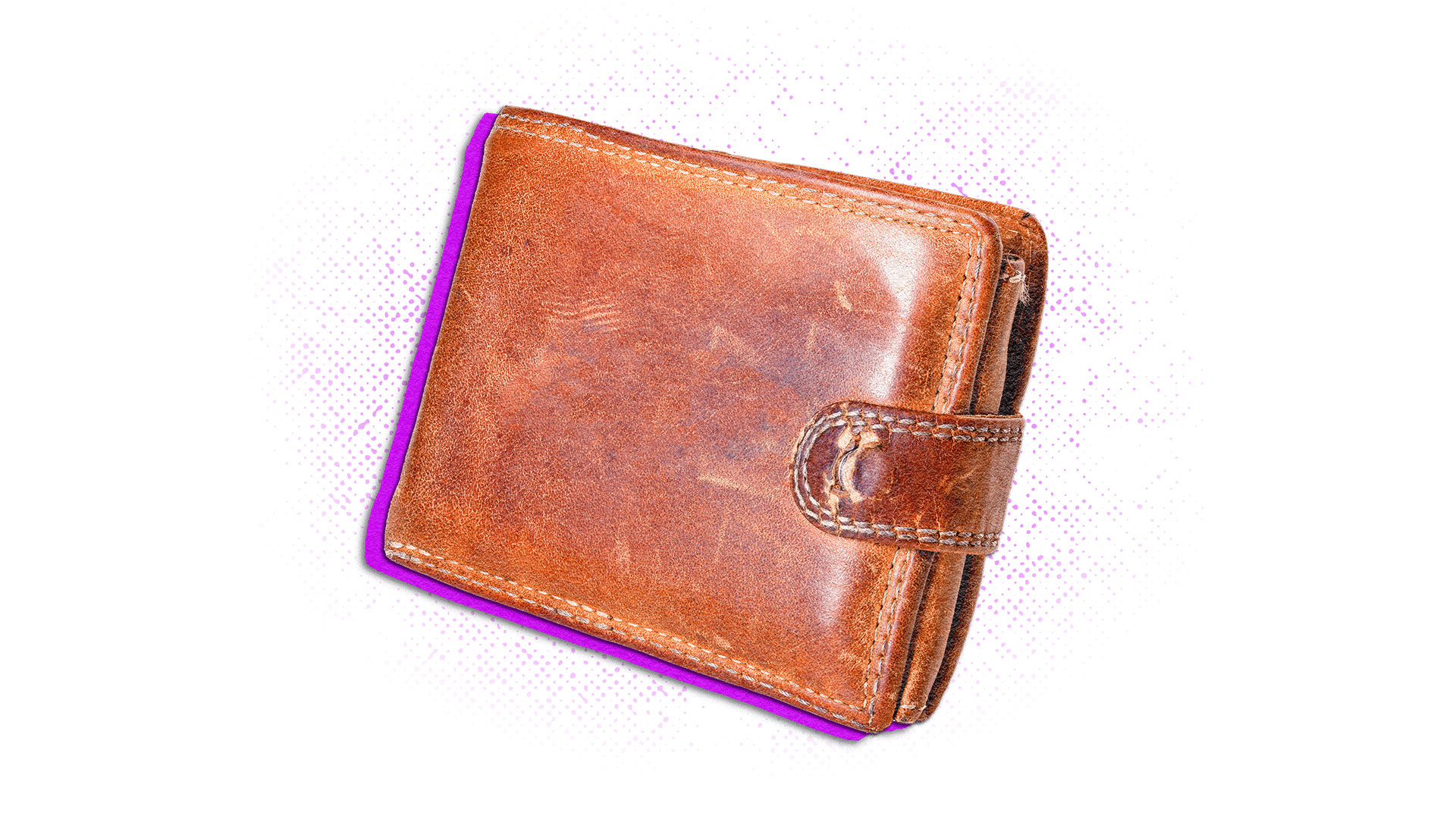What is DIY investing? Is it right for you?
The internet can make it easier to take on a new project these days. Want to be a better cook? Take an online course. Need to fix a wall? Pull up a YouTube video. In that sense, do-it-yourself (DIY) investing is no different. The emergence of low-cost online discount brokerage options and improved access to investor tools has made it easier to become a DIY investor.
However, just like patching up a wall can take a little more skill and practice than you’ll get from watching a single video, so too does DIY investing. Buying and selling stocks or funds on your own is a commitment that shouldn’t be taken lightly, with the potential for real losses. Fortunately, whether you see yourself as a hands-on investor or a passive one who doesn’t want to tinker, there is a DIY strategy for you. The first step? Beef up your financial knowledge around DIY before deciding how to put your hard-earned dollars to work.
What is do-it-yourself (DIY) investing?
DIY investing is an investment strategy that puts you in charge of your portfolio. You decide which products are right for you and make the purchases yourself through an online trading platform.
This hands-on approach has been around since the 1990s when the first online brokerages were created. It continued to grow in popularity, but many more people have given DIY a try since 2020 when the COVID pandemic left large segments of the population sitting at home with little else to occupy their time.
That year, Canadians opened more than 2.3 million brokerage accounts — nearly three times as many as the year prior, when 846,000 new accounts were opened. 1 It’s not hard to see why: DIY investing can offer flexibility, fewer fees and greater control over what you do with your money. With the abundance of free information available online, it has never been easier to put your financial future in your own hands.
How does DIY investing work?
Many major financial institutions offer online trading platforms, making DIY investing easier than ever. However, with a wide range of services and fees, it’s important to do some research to find one that aligns with your financial needs and goals. As a new investor, you might want to look for a platform that offers both educational resources and access to customer support if you need it. Once you’ve settled on a platform, it’s just a matter of opening an account, transferring in some funds and getting to work.
DIY investing pros and cons
Pros
Lower fees. DIY investment platforms typically offer a fee menu that gives investors the option to only pay for the services they use.
Potentially higher returns. Lower fees mean you get to keep more of your money. And those savings can be added to your investment account.
More flexibility. As a DIY investor you are in control. You can hold anything from individual stocks and exchange-traded funds (ETFs) to actively managed mutual funds and make trades whenever you see fit.
You can start small. There are plenty of online platforms that don’t require your account to meet a minimum deposit, meaning you can get started with whatever funds you have on hand.
Cons
The onus is on you. Going it alone may not be as easy as having a trusted advisor available to tell you what they think is the best course of action. Good financial advisors have spent their entire careers learning how to navigate markets and manage risk. Are you confident you can do the same?
It’s time-consuming. Keeping up with the markets can be a full-time job with a steep learning curve. If you don’t have the time or energy needed to get up to speed on all the options available to investors, you may need to take on a more passive DIY strategy or reconsider if DIY is right for you.
You need to be disciplined. Being successful often requires sticking with an investment plan even in the face of poorly performing markets — something that is easier said than done. Good investors put their emotions aside and stay calm when things get dicey.
Other considerations before you invest as a DIY investor
Planning ahead is one way to ensure your first foray into the world of DIY investing won’t be your last. Answering the following questions could help you start thinking about the types of investments that might be right for you:
What is your risk threshold?
Investing in the stock market can be stressful. Watching the value of your portfolio rise and fall due to factors beyond your control can be an emotional roller coaster that tests the mettle of the most seasoned investors. Risk tolerance is typically divided into three categories — conservative, moderate and aggressive. Understanding where you fall on this spectrum can help you find investments that are right for you.
What are your financial objectives?
Having specific goals in mind can help shape your portfolio and guide you to investments that could help make those dreams a reality.
How long will you be able to invest the funds before you need to access them?
If you’re planning for the short term, you may want to consider making low-risk investments that protect you from market ups and downs. If your goals are long-term, you could consider taking a more aggressive approach to try and get stronger returns, knowing that your portfolio has time to recover from any periods of higher volatility.
Once your plan has taken shape, it’s vital that you find reliable sources of information and do your research before making any decisions. There’s an abundance of free financial information out there, but you may not want to bet your nest egg on the advice of celebrities or influencers who may not be qualified to make investment recommendations.
Is DIY investing right for you?
If you have the time and energy to do your own research and aren’t intimidated by the uncertainty of the stock market, DIY investing may be for you. Building a successful portfolio sometimes means going against the grain and staying calm when times are tough. If you’re the type of person who likes to be in control and isn’t afraid of a few bumps in the road, you may be ready to go it alone.
How TD makes DIY investing easy
Establishing an online brokerage account can be a good way to simplify managing your DIY investments. TD Direct Investing, for example, gives you access to market data, research tools and online master classes to help you build your investing expertise. Another way to simplify managing your investments could be by using a mobile-only app like TD Easy Trade.
![]()
FAQ: DIY investing
How do I start DIY investing?
The first thing to do is come up with a plan. Figure out how much risk you’re comfortable taking on and the goals you would like to achieve. Once you’ve done that, a little research can help you decide which online brokerage offers the features that will help you achieve those goals at a price you’re happy with. After you’ve opened and transferred funds into your account, you’re ready to go.
Does DIY really save money?
DIY investing holds the potential to save you money, but there are no guarantees. Without the expense of a financial advisor, your portfolio may benefit from the absence of certain fees that can chip away at your returns. Having said that, as an amateur investor, you won’t have access to the level of research and expertise a financial advisor may provide.
Should I invest myself or use a robo-advisor?
Robo-advisors are online platforms that offer pre-set portfolios — usually made up of several ETFs — that you can easily put your money into. Some robo-advisors now offer brokerage-firm-like capabilities, including individual stock investing. If you have the time and desire to oversee the management of your portfolio, the DIY route could be your best bet. If you want to own traditional investments, such as ETFs, a robo-advisor may be all you need.
- Investment Industry Regulatory Organization of Canada (IIROC), “Canadians opening Do-It-Yourself (DIY) accounts in unprecedented numbers” (February 2021) https://www.newswire.ca/news-releases/canadians-opening-do-it-yourself-diy-accounts-in-unprecedented-numbers-853952518.html ↩





